Harvest to Table: Exploring the Art of Seasonal Cooking and Preserving
When it comes to storing a plentiful supply of food for the winter months, you don't need an elaborate and expensive structure.
In fact, with some creativity and resourcefulness, you can create a highly functional root cellar that will effectively preserve your harvest. Let's explore the story of a remarkable root cellar that has been in use for 17 years, costing a mere $5 for spikes to fasten the cedar logs together. Discover how this simple, yet ingenious structure has provided sustainable food storage and helped maintain the freshness of produce throughout the seasons.
Building the Root Cellar:
The root cellar is ingeniously designed to utilize the natural terrain and salvaged materials to create an efficient storage space. Here's a breakdown of its construction:
1. Location and Orientation:
The root cellar extends about 8 feet into the hill, taking advantage of the insulating qualities of the earth. This positioning helps maintain a more constant temperature inside, protecting the stored produce from extreme fluctuations.
2. Walls of White Cedar Logs:
The walls of the root cellar are constructed using vertical White Cedar logs. These logs were salvaged from a tornado that hit the farm, making efficient use of available resources. The logs provide structural integrity and insulation to the cellar.
3. Sphagnum Moss Insulation:
To enhance insulation, the gaps between the cedar logs are filled with Sphagnum Moss. This natural material helps regulate humidity levels and provides additional protection against temperature fluctuations.
4. Backfilling with Soil:
The backfilling process involves filling the space behind the cedar logs with soil. The soil acts as an extra layer of insulation, further stabilizing the internal temperature and creating a suitable environment for food storage.
5. Sloping Roof with Repurposed Pool Liner:
The roof of the root cellar is constructed using cedar logs, forming a sloping structure. To ensure proper water shedding, a repurposed pool liner is utilized. This liner prevents water from seeping through the roof, keeping the interior dry and free from moisture-related issues.
6. Critter-Proof Screening:
To keep out unwanted critters, the root cellar is equipped with screening. This prevents pests from entering the storage space, ensuring the produce remains safe and undisturbed.
7. Insulation and Entrance:
Around the entrance, bags of leaves are strategically placed to provide additional insulation. This helps maintain a more stable temperature and protects the stored produce from temperature fluctuations near the entry point.
The story of this budget-friendly root cellar showcases the power of resourcefulness and sustainable solutions in food preservation.
With minimal cost and clever use of salvaged materials, a highly functional storage structure was created. By utilizing the natural terrain, repurposed materials, and simple yet effective design principles, the root cellar has successfully stored food for 17 years. It serves as an inspiration for those seeking sustainable alternatives to modern food storage methods. With a little ingenuity and creativity, you too can create a practical and cost-effective root cellar to prolong the life of your harvest and enjoy the fruits of your labor throughout the year.

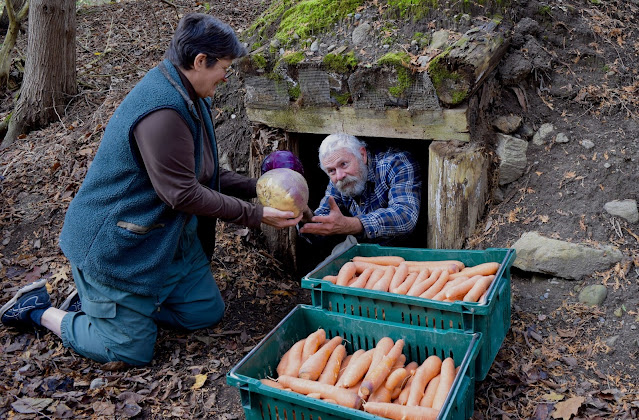


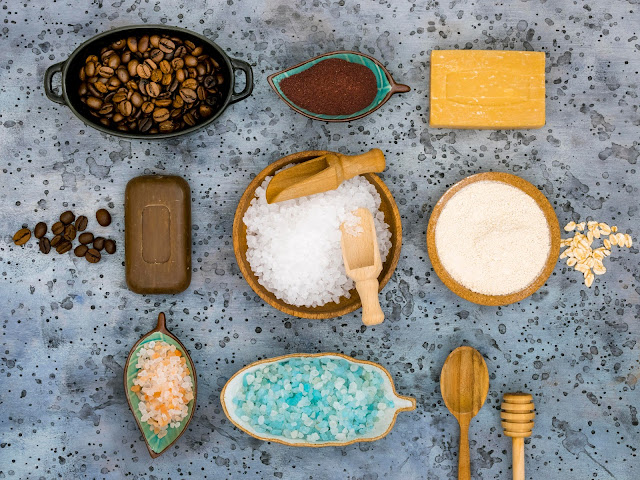

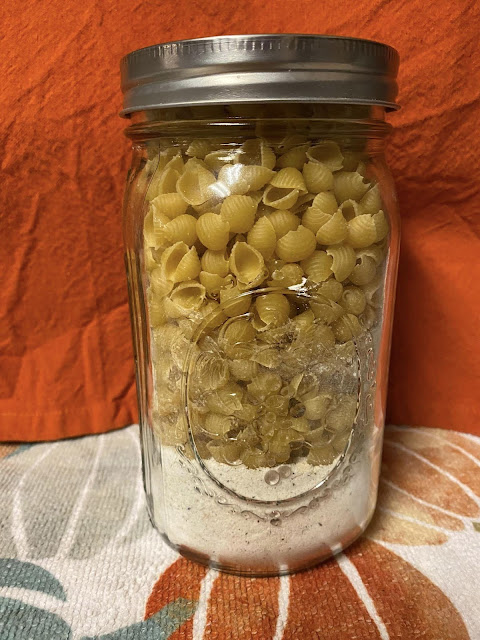




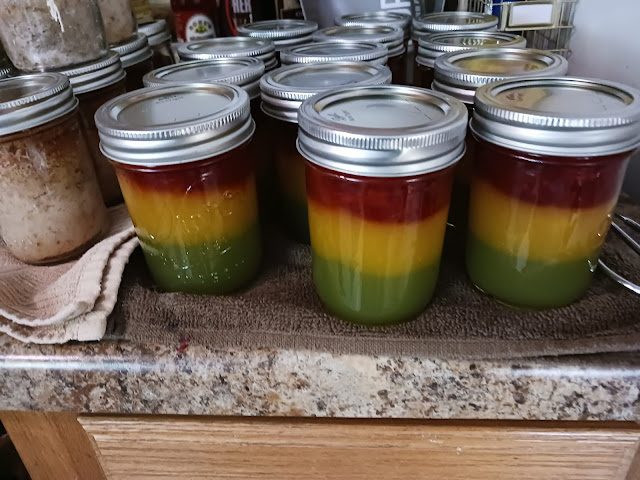

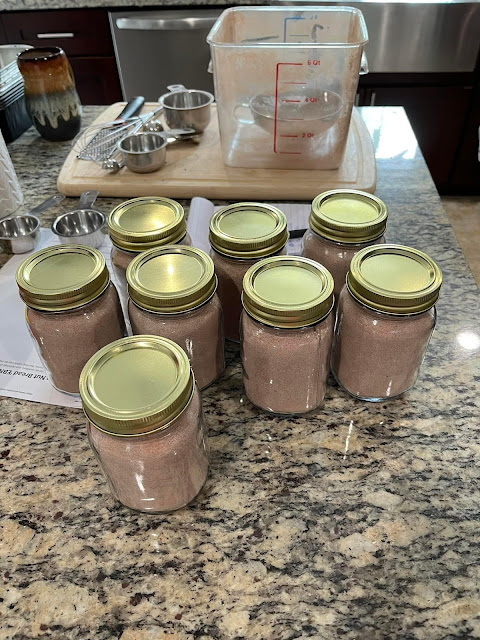
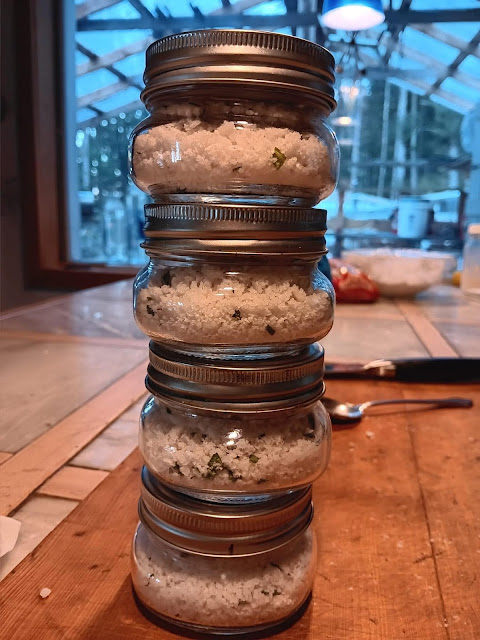
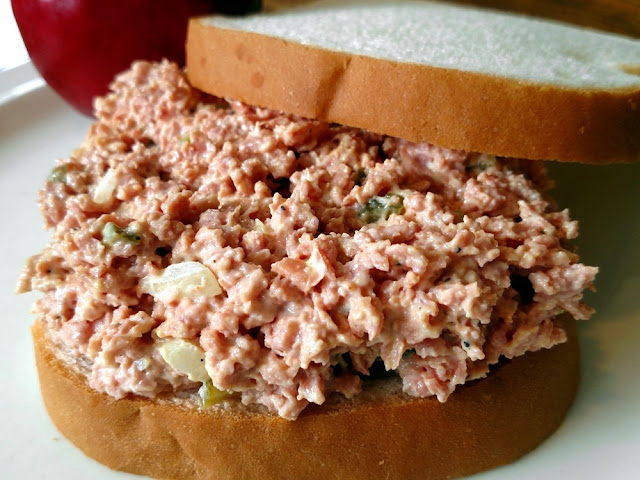
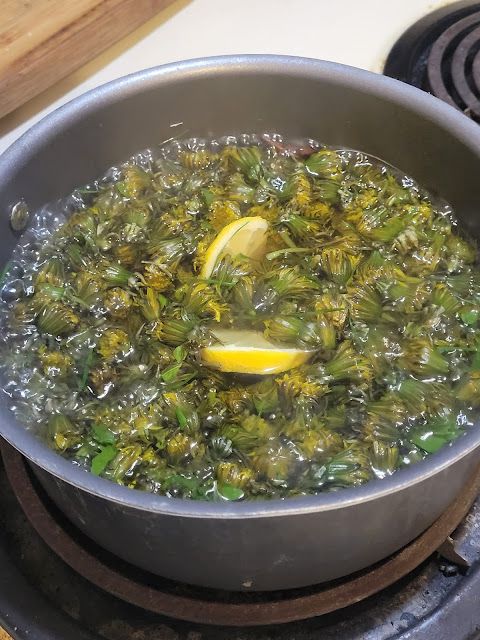



Comments
THIS IS NOT YOUR CONTENT!
ReplyDeleteI know the internet is the wild west but if you know where the source is from at least give them credit. This is nasty.
ReplyDelete